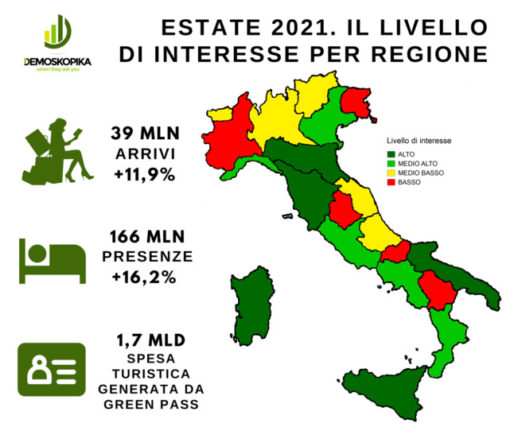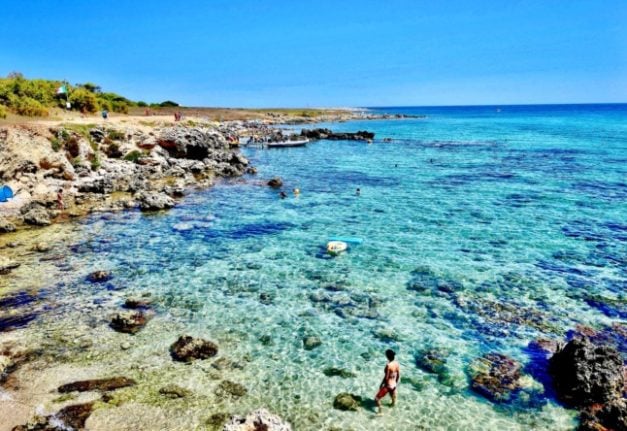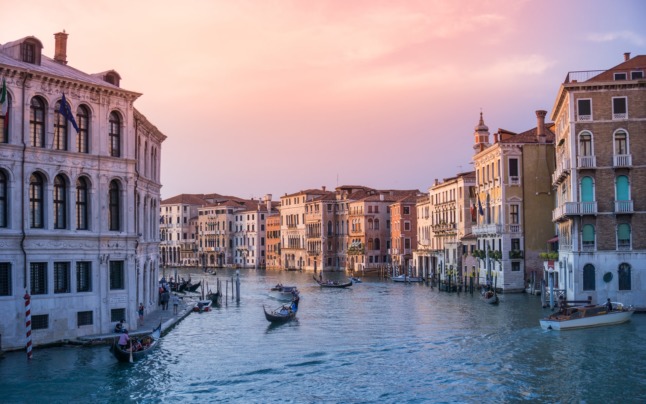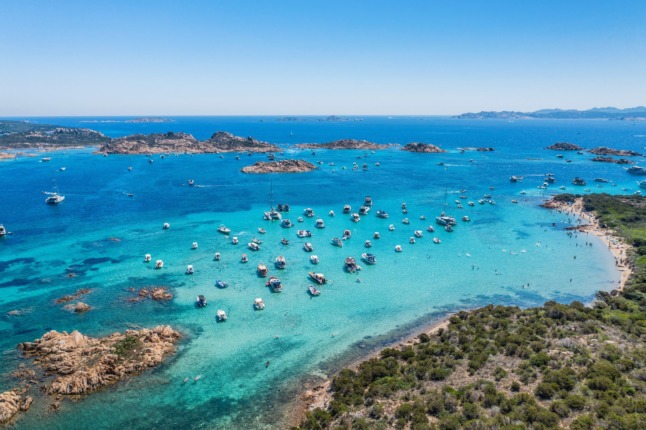Italy is loosening some of its restrictions on international travel and says it plans to open up to the world for tourism this summer.
Although the rules on getting into Italy will vary depending on the country you are travelling from, visitors from some countries can enjoy more relaxed rules.
There’s now no quarantine requirement for travellers from the EU, Britain and Israel, and tourism from the US, Canada, Japan or the UAE, is now allowed on Covid-tested flights.
With the vaccination campaign picking up pace and the planned introduction of a ‘green pass‘ to allow tourism to restart, the industry is awakening from its lockdown slumber and preparing to welcome tourists again.
READ ALSO: What’s the latest on how the EU’s ‘Covid passports’ will work for travellers?
Tourism in Italy is a source of much-needed income after last year’s hefty loss of more than €120 billion for the sector – more than a 60% drop compared to 2019.



The magical floating city is relaunching itself this month with the opening of the International Architecture Exhibition (Biennale Architettura) on 22nd May and the Venice Boat Show (Salone Nautico) on 29th May.
“We will be the first to resume with events in attendance, but we need clear indications from the government,” said Tourism Councillor Simone Venturini in an interview on the city’s website.
READ ALSO: 16 surprising facts about Venice to mark 16 centuries of the lagoon city
Other scheduled spectacles include the reopening of the art museum Punta della Dogana, and in September the Doge’s Palace will host the 1600th anniversary exhibition “Venice, Birth and Rebirth”.

Sardinia
This island in the Mediterranean has fluctuated during the pandemic, being at one time Italy’s only lowest-risk white zone, before plunging into the harshest red-zone restrictions.
Along with the rest of the country now, however, Sardinia is easing its restrictions and preparing for the tourists to arrive.
READ ALSO: Reader question: What kind of coronavirus test do I need to take for travel to Italy?
€1 million are being pumped into the coastal towns to ensure the beaches are of a high standard to attract potential travellers.
And the island is going ahead with more than just gorgeous beaches for people to relax on.
The tourism board is also planning the Rally Italia Sardegna, a car-racing event that “contributes to promoting tourism and the image of the island nationally and internationally”, said Gianni Chessa, Regional Councillor for Tourism, during a video meeting with the event organisers on Friday.

Italy’s ‘Covid-free islands’
Dozens of small islands around Italy are gearing up for tourists with complete vaccination rollouts.
Procida, in the Bay of Naples, became the first such island to administer shots to all its residents earlier in May.
Mass vaccinations are also underway at other islands close by, including Ischia and Capri, and at various islands off the coast of the country, such as the Pontine islands in Lazio, the Tremiti in Puglia, Capraia and Giglio in Tuscany, and the Maddalena archipelago off Sardinia.
READ ALSO: How Italy’s ‘Covid-free islands’ vaccine plan hopes to save summer travel
It isn’t just a move to encourage tourists to visit. Procida’s mayor Dino Ambrosino said, “Small islands in Italy are fragile territories that often have limited health services.”

As Italy reopens as a whole, the plan is to “relaunch Italian tourism”, according to the president of Demoskopika, Raffaele Rio.
“They are encouraging estimates for the recovery but we need to play in advance with a recovery plan for 2022-2023… which fuels the restart and stimulates domestic and international demand for Italy,” he added.
Stay up to date with Italy’s travel rules by following The Local’s travel section and checking the Italian Health Ministry’s website (in English).



 Please whitelist us to continue reading.
Please whitelist us to continue reading.
Hi – I have a question that I cannot seem to find the answer for. When it says “There’s now no quarantine requirement for travellers from the EU, Britain and Israel…” does that mean anyone, from any country, can have no quarantine even though I am a US passport holder coming to Italy as part of an ongoing vacation? Or does it mean, as a US passport holder, even though I am entering from UK, I have to follow rules as if I’d arrived from the US? If anyone has a definitive answer that would be very helpful. Thanks.
You need to follow rules as a US citizen. It matters the country of your passport and where you originated from on trip.
Hi Joe, the rules depend on the country you’re travelling from (and any countries you had recently been in), rather than your passport.
You can find the current official information on entering Italy from any country here: https://infocovid.viaggiaresicuri.it/returningtoitaly.html
Grazie. This publication has been a godsend as we plan our next visit to Italy.